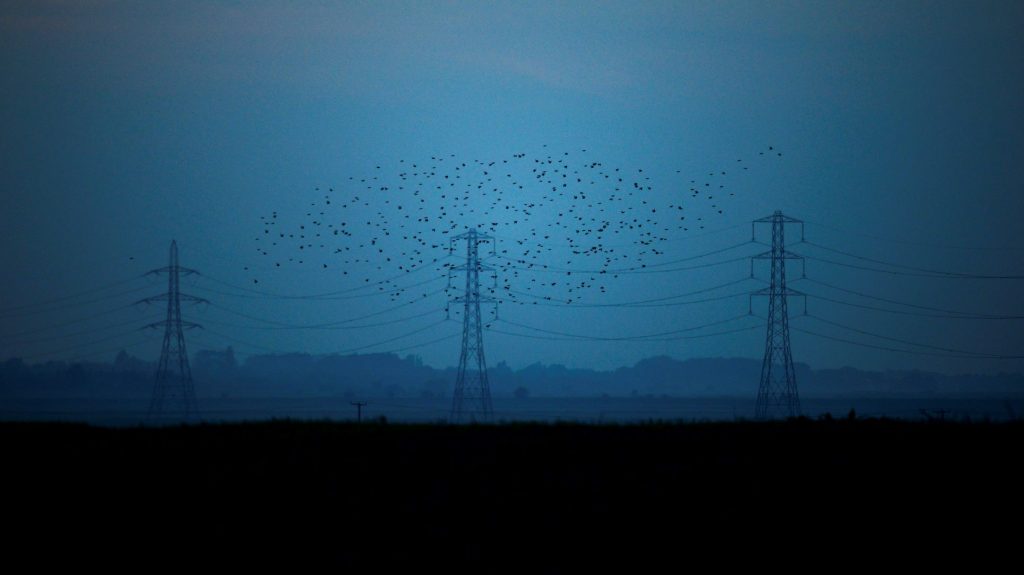Preparing For Power Outages: Strategies For Business Resilience

While the UK boasts one of the most resilient power grids in the world, it is not immune to blackouts. Events such as the severe blackout on August 9, 2019, have highlighted vulnerabilities in the country’s infrastructure. On that day, a significant drop in the grid’s frequency disrupted rush hour travel and left almost a million UK homes without power. It served as a reminder of the very real risk of power outages.
The threats
Several macrotrends are impacting the UK’s ability to maintain power resilience. The transition to renewable energy, climate change, and aging infrastructure are all contributing factors. Rising energy costs, inflation, geopolitical tensions, and supply chain disruptions add further complications. According to a survey by UK Power, major cities including London, Glasgow, and Cardiff are among the most likely to experience prolonged outages, with average power cuts lasting around three hours.
Extreme weather events increasingly pose a threat to the UK’s power grid. The exceptionally bad weather during 2023-24 saw numerous storms causing significant disruptions. Adverse weather is not the sole cause of power cuts, but it significantly increases the risk of disruptions, particularly during stormy winter months.
The UK’s transition from fossil fuels to renewable energy sources such as solar, wind, and tidal power is an important step towards meeting carbon reduction goals, but the transition presents challenges as well. Renewable energy sources are more unpredictable than traditional power generation methods, making it difficult for the National Grid to balance supply and demand. This leads to a reduction in spare capacity during winter months when renewables are least productive.
Aging infrastructure is another key factor behind possible power outages. Older components such as transformers, circuit breakers, and transmission lines are prone to breakdowns which can also lead to disruptions in supply, while overloading the system with either high demand or inadequate maintenance can trigger blackouts.
The most significant and immediate threat to businesses is the risk of localised and shorter power outages. They might not leave millions in the dark for hours or days but can cause critical short-term failures that disrupt essential services and business operations. To safeguard against power outages, businesses must adopt both reactive and proactive strategies.
Getting prepared
An organisation’s first step must be a risk assessment to gain an understanding of the potential impact a blackout might have on operations, and to develop a comprehensive plan for mitigating issues. Blackouts can cause equipment to overheat or suffer damage due to sudden outages, spikes, or power surges so understanding the risks within different assets and systems is crucial.
Businesses need to determine the impact of a blackout on IT systems. Understanding how power loss might affect customers and the wider supply chain is vital, particularly for those businesses that operate customer service support, IT helpdesks or have remote workers relying on building servers.
Backup power solutions are an essential consideration to ensure business continuity during power outages. One option is backup generators that provide long-term power during extended blackouts and come in various sizes and fuel types (e.g., diesel, natural gas, propane). Alternatively, Uninterruptible Power Supply (UPS) systems automatically power up and filter electricity to reduce the risk of damage to systems during a power outage. They are ideal for critical systems including lifts, emergency lighting, and fire suppression systems.
Other options include renewable energy systems, such as solar power combined with battery storage, which generate electricity from sunlight and store excess energy for later use or fuel cells which convert chemical energy into electricity and provide backup power using hydrogen, natural gas, or other fuels. For some businesses, microgrids may be an option. They are local energy systems that operate independently from the main power grid, incorporating renewable energy sources and storage to provide reliable backup power.
As well as safeguarding the power supply, it is important for businesses to maintain an inventory of essential supplies and equipment, and to develop a consistent maintenance schedule. Inspecting and documenting the condition of cables, connections, batteries, fans, and other components will help to prevent failures and extend the life of backup power systems.
Looking forward
Blackouts are a reality that UK businesses cannot afford to ignore. Preparing for outages should be a key element of any comprehensive business continuity strategy. By thoroughly assessing power needs, developing an understanding of the risk of potential outages, and selecting appropriate backup power solutions, businesses can significantly mitigate the problems associated with power disruptions.
Proactive planning and appropriate investment will ensure that businesses not only safeguard critical services, but also remain operational and maintain a competitive advantage. By addressing these key points, businesses can better prepare for and mitigate the impact of power outages, ensuring continuity and resilience in their operations.
Jason Koffler is CEO of Critical Power Supplies.




